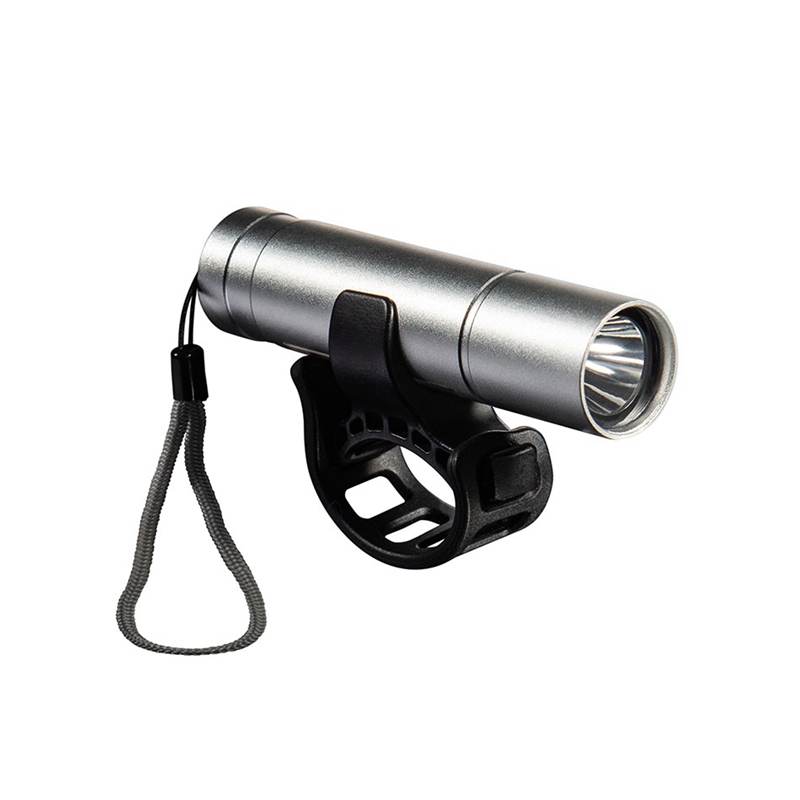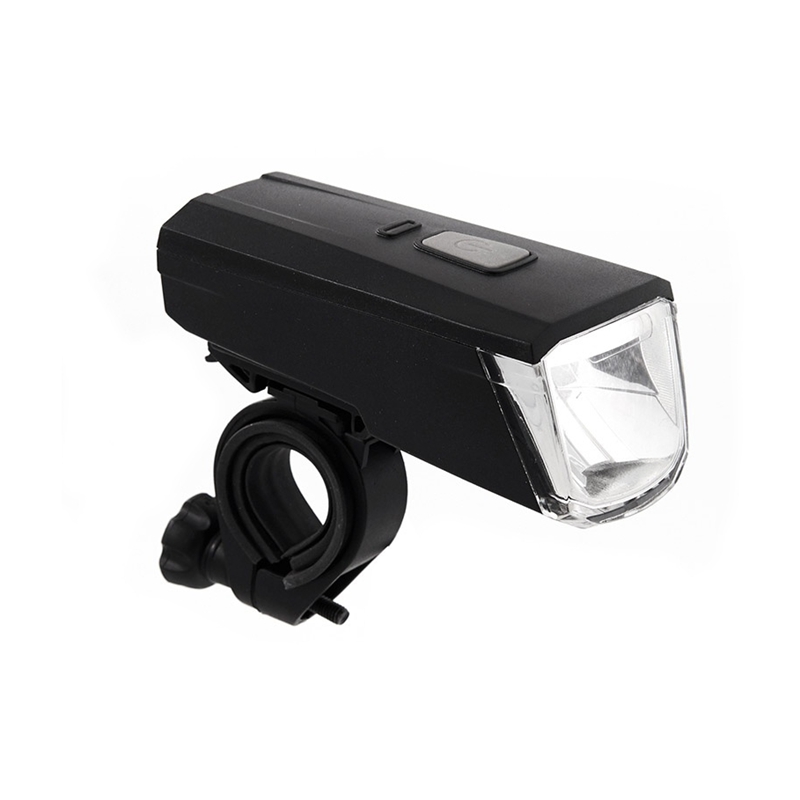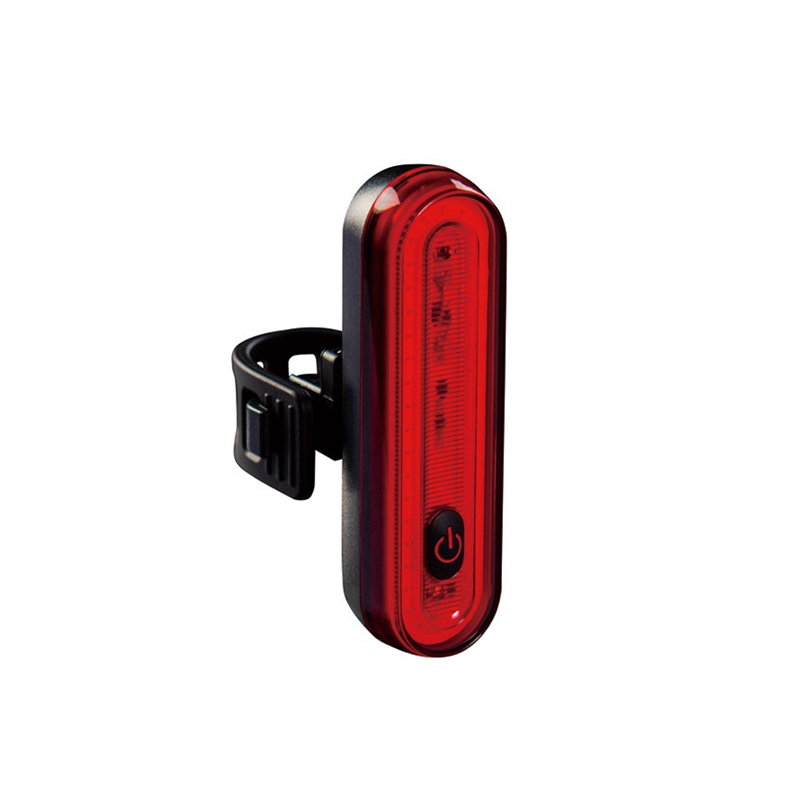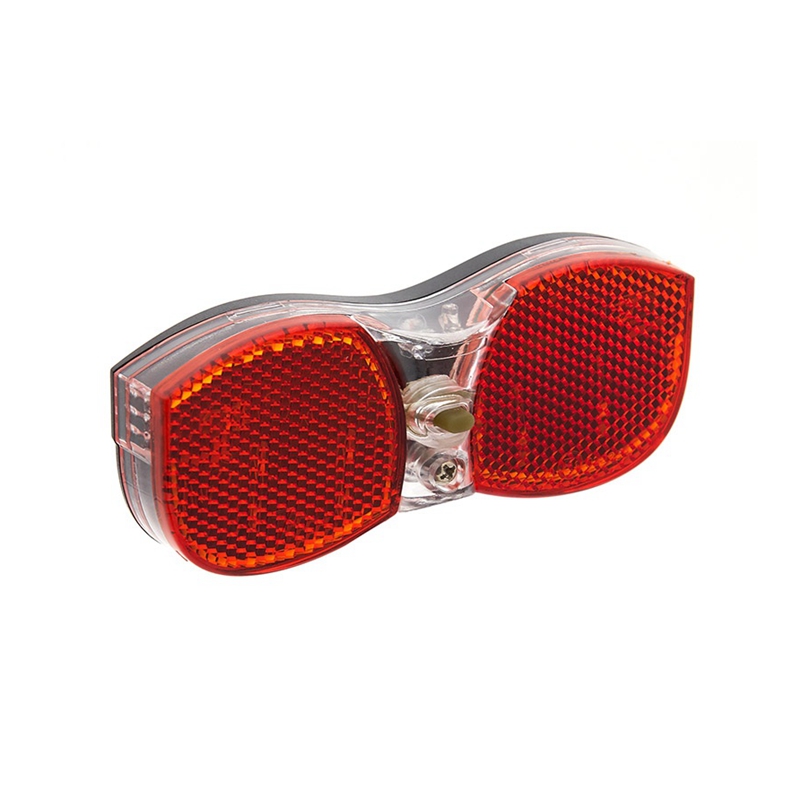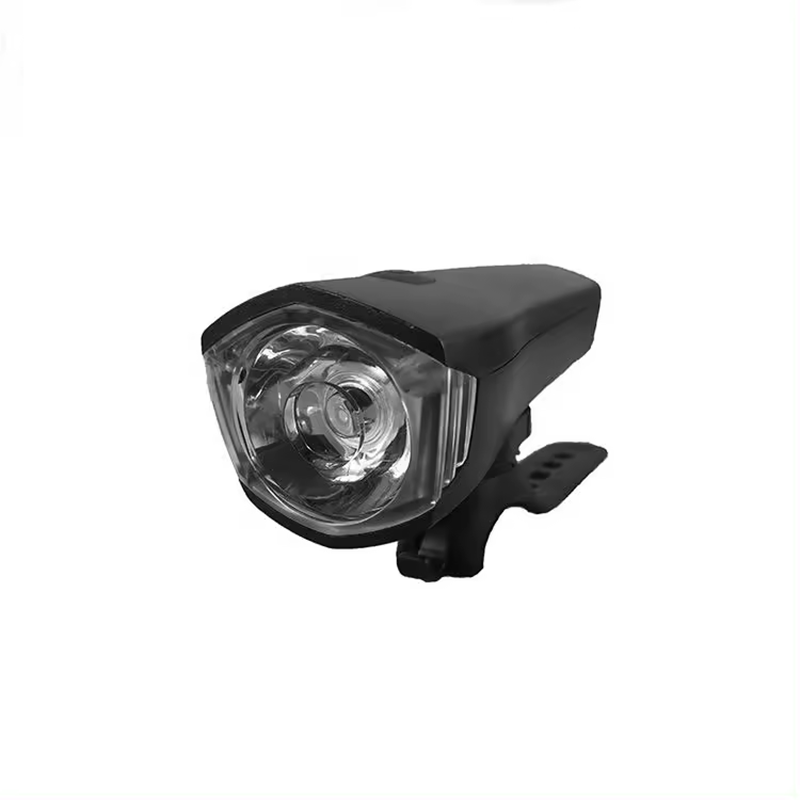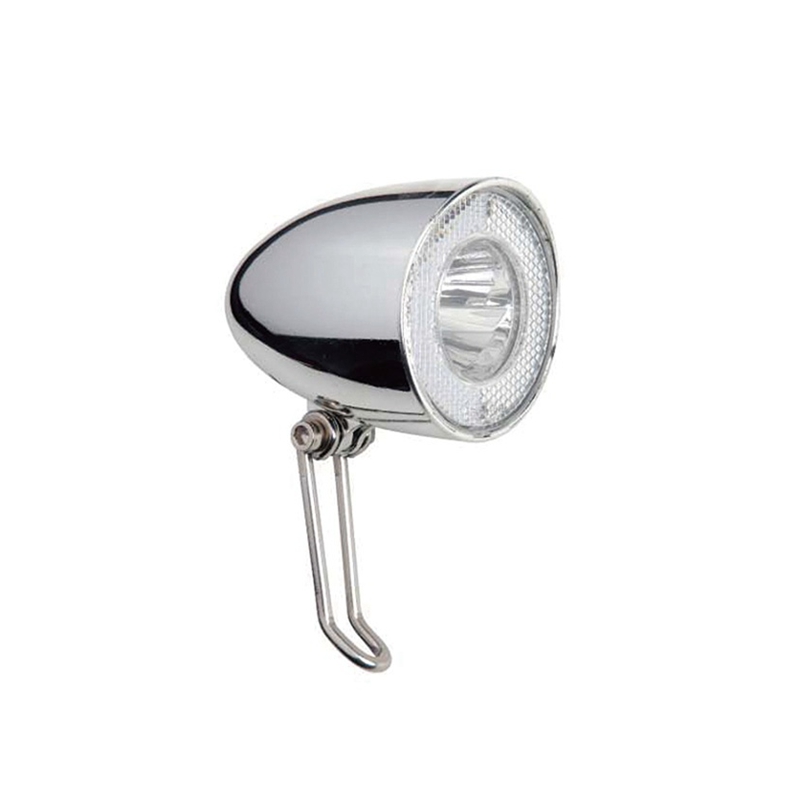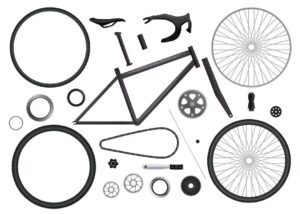من أي وقت مضى وجدت نفسك التحديق في الظلام, أتساءل عما إذا كان ضوء دراجتك على مستوى المهمة حقًا? إنه مصدر قلق مشترك, خاصة وأن النهار يصبح أقصر والليل أطول. ربما تسأل, “ما هو ضوء دراجة Lumen الذي أحتاجه للبقاء آمنًا هناك?” سواء كنت تتجول في شوارع المدينة أو تسلك مسارات بعيدة, إن الحصول على ضوء الدراجة المناسب يمكن أن يحدث فرقًا كبيرًا. دعنا نتعمق في ما تحتاج إلى معرفته للتأكد من أن رحلاتك مضاءة جيدًا وآمنة.

ما الأضواء التي تحتاجها على الدراجة؟?
عندما يتعلق الأمر أضواء الدراجة, الأمر لا يتعلق فقط بالإضاءة الأمامية والخلفية. غالبًا ما يشتمل الإعداد الشامل على مصابيح متعددة تلبي جوانب مختلفة من الرؤية والسلامة.
الضوء الأمامي
يعد الضوء الأمامي جزءًا مهمًا من نظام إضاءة دراجتك, مصممة لإضاءة الطريق أمامك وتجعلك مرئيًا للآخرين. مصنوعة من مواد متينة مثل الألومنيوم أو البلاستيك عالي الجودة, لقد تم تصميمه لتحمل الظروف الجوية والتأثيرات. وتتمثل المهمة الرئيسية للضوء الأمامي في توفير رؤية واضحة للمسار أمامك, ضمان الملاحة الآمنة في حالات الإضاءة المنخفضة. يتم تثبيته عادةً على المقاود, تواجه مباشرة إلى الأمام, باستخدام المشبك أو جبل لنوبة آمنة.
كم عدد اللومن الذي يجب أن يحتوي عليه ضوء الدراجة الأمامية؟?
يعتمد عدد اللومن الذي تحتاجه لمصباح الدراجة الأمامية إلى حد كبير على المكان الذي ستركب فيه. لركوب الدراجات في المناطق الحضرية مع أضواء الشوارع, 100-200 شمعة قد يكون كافيا. لكن, إذا غامرت بالطرق أو الممرات المظلمة, النظر في الأضواء مع 500 لومن أو أكثر. لعشاق الطرق الوعرة الجادين, أضواء تتجاوز 1,000 يوصى باستخدام وحدات اللومن لضمان رؤية واضحة للتضاريس.
الضوء الخلفي
يعد الضوء الخلفي ميزة أمان رئيسية على دراجتك, مصمم لضمان رؤيتك من الخلف. عادة ما تكون مصنوعة من مواد صلبة مثل البلاستيك أو الألومنيوم لتحمل الظروف الخارجية. تتمثل الوظيفة الأساسية للضوء الخلفي في تنبيه السائقين وراكبي الدراجات الآخرين إلى وجودك, خاصة في ظروف الإضاءة المنخفضة أو الليل. يتم تثبيته عادةً على عمود المقعد أو الرف الخلفي, تواجه الخلف مباشرة, ويتم تأمينه بمشبك أو دعامة لتحقيق الاستقرار.
كم عدد اللومن الذي يجب أن يكون عليه ضوء الدراجة الخلفي?
ليس من الضروري أن يكون الضوء الخلفي ساطعًا مثل الضوء الأمامي, ولكن يجب أن تكون مرئية من مسافة بعيدة. عادة, تتراوح المصابيح الخلفية من 20 ل 100 لامينات. للتنقل داخل المدينة, 20-50 شمعة عادة ما تكون كافية, ولكن إذا كنت تركب الدراجة على الطرق الريفية أو في ظروف الرؤية المنخفضة, اختيار الضوء الخلفي أقرب إلى 100 سوف يعزز اللومن سلامتك.
أضواء جانبية (اختياري ولكن موصى به)
تعمل الأضواء الجانبية على تعزيز رؤيتك من جميع الزوايا, مما يجعلها إضافة قيمة لإعداد إضاءة دراجتك. بينما ليس مطلوبا دائما, إنها توفر أمانًا إضافيًا من خلال إضاءة جوانب دراجتك ومساعدة السائقين وراكبي الدراجات الآخرين على رؤيتك عند التقاطعات أو عند عبور الممرات. عادة ما تكون هذه الأضواء مصنوعة من مواد خفيفة الوزن, مواد متينة مثل البلاستيك ومصممة لتكون مقاومة للطقس. يتم تركيبها عادةً على إطار الدراجة أو المتحدث, في كثير من الأحيان باستخدام مقاطع أو شرائط لاصقة لسهولة التركيب.
ما هو ألمع ضوء الدراجة الأمامية؟?
بالنسبة لأولئك الذين يحتاجون إلى أقصى قدر من الرؤية, يمكن أن توفر مصابيح الدراجة الأمامية الأكثر سطوعًا في السوق ما يزيد عن 2,000 لامينات. تستخدم هذه الأضواء عادةً في الظروف القاسية, مثل ركوب الدراجات الجبلية ليلاً أو في المناطق التي لا توجد بها إضاءة محيطة. لكن, انتبه إلى تعمية مستخدمي الطريق الآخرين, وفكر في استخدام هذه الأضواء عالية الطاقة في الأوضاع المنخفضة أو القابلة للتعديل عندما تكون في الشوارع المضاءة جيدًا.
أضواء خوذة (خياري)
توفر أضواء الخوذة طبقة إضافية من الرؤية والتحكم, لأنها تتبع اتجاه نظرتك. وهذا يجعلها مفيدة بشكل خاص في المواقف التي تحتاج فيها إلى الرؤية حول الزوايا أو في المناطق التي قد لا يصل إليها الضوء الأمامي. مصابيح الخوذة خفيفة الوزن بشكل عام لتجنب إضافة الضغط, وغالبًا ما تكون مصنوعة من مواد مقاومة للصدمات مثل البلاستيك المقوى. وظيفتها الأساسية هي تكملة الأضواء الرئيسية لدراجتك, تعزيز الرؤية في البيئات المظلمة أو المعقدة. يتضمن التثبيت ربط الضوء بخوذتك باستخدام الأشرطة أو التركيبات اللاصقة.
هل أضواء الخوذة تستحق العناء؟?
نعم, أضواء الخوذة تستحق العناء, خاصة بالنسبة لراكبي الدراجات الذين يركبون بشكل متكرر في ظروف صعبة. إنها مفيدة بشكل خاص لسائقي الدراجات الجبلية, الركاب الذين يركبون في مناطق سيئة الإضاءة, وأولئك الذين يحتاجون إلى إضاءة إضافية للرؤية حول الزوايا. في حين أنها ليست ضرورية لكل متسابق, إنها توفر ميزة أمان كبيرة لأولئك الذين يحتاجون إلى إضاءة ومرونة إضافية.
كم عدد اللومن الذي أحتاجه لإضاءة الخوذة؟?
لا يلزم أن تكون أضواء الخوذة بنفس قوة الضوء الأمامي الرئيسي. ضوء مع 200-500 شمعة كافية عموما, توفير إضاءة وافرة دون إضافة الكثير من الوزن إلى خوذتك.
أضواء الرأس (خياري)
أضواء الرأس, تُعرف أيضًا باسم الأضواء المثبتة على الرأس, مصممة لإلقاء الضوء على مجال رؤيتك, توفير الضوء المركز أينما نظرت. على عكس أضواء الدراجة الأمامية, والتي تم تثبيتها على المقاود, يتم ارتداء المصابيح الأمامية على رأس الراكب, عادة باستخدام حزام قابل للتعديل لملاءمة آمنة. أنها مصنوعة من خفيفة الوزن, مواد متينة لضمان الراحة والمرونة. تتمثل الوظيفة الرئيسية للمصابيح الأمامية في تعزيز الرؤية في الظروف المظلمة وتوفير إضاءة إضافية للمهام التفصيلية, مثل التنقل في المسارات أو قراءة الخرائط. إنها مفيدة بشكل خاص لراكبي الدراجات الذين يحتاجون إلى مصدر ضوء بدون استخدام اليدين.
ما هو أفضل مصباح أمامي للدراجة?
عند اختيار أفضل مصباح أمامي للدراجة, التركيز على الميزات الرئيسية التالية:
- السطوع وإخراج التجويف: ابحث عن مصباح أمامي ذو سطوع كافٍ لظروف الركوب الخاصة بك. خرج الضوء بين 500 و 1,000 اللومن مناسب بشكل عام لمعظم الركوب الليلي, مع مخرجات أعلى مطلوبة للممرات المظلمة أو ظروف الطرق الوعرة.
- عمر البطارية: اختر مصباحًا أماميًا مزودًا ببطارية تدوم طويلاً للتأكد من أنه يمكنه دعم رحلاتك دون إعادة شحن متكررة. فكر في الطرز ذات إعدادات السطوع المتعددة لإطالة عمر البطارية.
- متانة: اختر مصباحًا أماميًا مصنوعًا من مادة قوية, مواد مقاومة للعوامل الجوية لتحمل الظروف والتأثيرات الخارجية. تأكد من تصنيفها على أنها مقاومة للماء أو على الأقل مقاومة للماء.
- نظام التركيب: يعد نظام التثبيت الآمن والقابل للتعديل أمرًا ضروريًا لسهولة التركيب وتحديد المواقع المستقرة. ابحث عن المصابيح الأمامية التي يمكن تثبيتها بشكل مريح على خوذتك أو المقود.
- نمط الشعاع: يجب أن يوفر المصباح الأمامي الجيد شعاعًا واسعًا ومتساويًا لإضاءة المناطق المحيطة بك بفعالية. تقدم بعض الطرز أنماط شعاع قابلة للتعديل لتركيز الضوء حيث تشتد الحاجة إليه.
عاكسات (بالإضافة إلى الأضواء)
تعتبر العاكسات ضرورية لتعزيز الرؤية عند الركوب في ظروف الإضاءة المنخفضة, تكملة أضواء الدراجة الخاصة بك. على عكس الأضواء النشطة, تعمل العاكسات عن طريق ارتداد الضوء من مصادر أخرى, مثل المصابيح الأمامية للسيارة, العودة نحو المصدر. عادة ما تكون مصنوعة من مواد عالية الوضوح مثل الشريط العاكس أو البلاستيك.
يتم وضع العاكسات بشكل استراتيجي على أجزاء مختلفة من الدراجة: على العجلات, الدواسات, وغالبًا ما يكون على الجزء الأمامي والخلفي من الإطار. يضمن هذا الموضع أنك مرئي من زوايا متعددة, زيادة السلامة العامة من خلال تنبيه السائقين ومستخدمي الطريق الآخرين إلى وجودك.
ما عاكسات اللون لعجلات الدراجة?
عادة ما تكون عاكسات عجلات الدراجة بيضاء أو كهرمانية. غالبًا ما يتم وضع عاكسات بيضاء على العجلة الأمامية, بينما يتم استخدام العنبر في الخلف. يتم اختيار هذه الألوان لأنه يمكن رؤيتها بسهولة في الظلام, مما يساعد على تنبيه السائقين لوجودك.
أين هو أفضل مكان لوضع العاكسات على الدراجة؟?
أفضل مكان لوضع العاكسات هو على العجلات والدواسات, أثناء تحركها عند ركوب الدراجة, خلق انعكاس ديناميكي يصعب تفويته. بالإضافة إلى ذلك, وضع عاكسات على الجزء الأمامي والخلفي من دراجتك, وكذلك على الجوانب, يعزز رؤيتك من جميع الزوايا.
ما هو ضوء الدراجة اللجوز الذي أحتاجه?
يتطلب ضوء الدراجة اللومن المناسب فهم ظروف الركوب الخاصة بك. إذا كنت تركب الدراجة في المناطق الحضرية, ضوء أمامي من 100-200 لومن وضوء خلفي 20-50 شمعة قد يكون كافيا. لكن, لركوب الدراجات في المناطق الريفية أو على الطرق الوعرة, النظر في المصابيح الأمامية مع 500 لومن أو أكثر, والمصابيح الخلفية مع ما لا يقل عن 50-100 لامينات. يتذكر, الهدف هو أن ترى وأن تُرى دون التغلب على مستخدمي الطريق الآخرين.
ما هو أفضل ضوء الدراجة لركوب الليل?
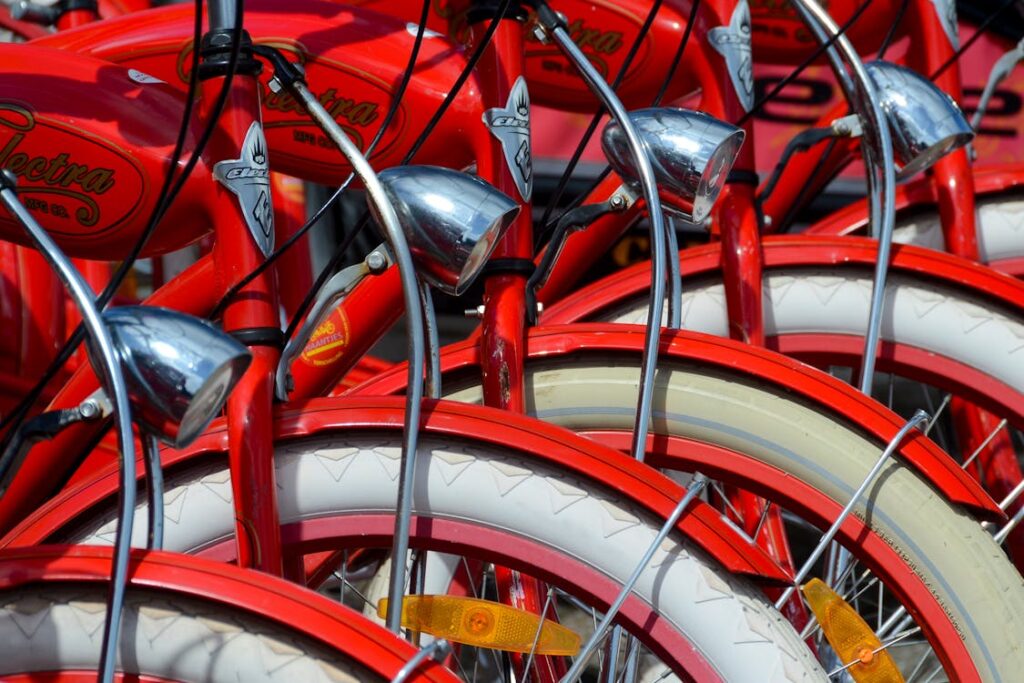
لركوب الليل, أنت بحاجة إلى ضوء قوي بما يكفي لإضاءة طريقك دون استنزاف البطارية بسرعة كبيرة. أضواء مع 500-1,000 تعتبر اللومن مثالية لمعظم الرحلات الليلية, توفير توازن جيد بين السطوع وعمر البطارية. يمكنك البحث عن أضواء ذات إعدادات قابلة للتعديل, مما يسمح لك بالحفاظ على الطاقة عندما لا يكون السطوع الكامل ضروريًا.
إذا كنت تريد معرفة المزيد من التفاصيل, مرحبا بكم في قراءة دليلنا الشامل حول ما لومين لضوء الدراجة? دليل إلى Lumens & يستخدم.
ما هي أفضل الأضواء للدراجة? أفضل العلامات التجارية لأضواء الدراجة الموصى بها

يتضمن اختيار أفضل أضواء الدراجة مراعاة عوامل مثل السطوع, متانة, وميزات إضافية. فيما يلي خمس علامات تجارية مشهورة بأضواء الدراجات عالية الجودة:
- تألق قريبا: كضوء دراجة مخصص الشركة المصنعة مع عملية إنتاج ممتازة, تقدم SHINE SOON حلولاً مخصصة لتلبية الاحتياجات المحددة. أنها توفر خدمات مثل طباعة الملصقات, تطوير المنتج, التخصيص المتعمق, وتصميم الحزمة. سواء كان لديك رؤية واضحة أو تحتاج إلى مساعدة في العصف الذهني, يمكن لـ SHINE SOON أن يدفع الحدود لإنشاء ضوء دراجة يتوافق تمامًا مع تفضيلاتك ومواصفاتك.
- غارمين: معروفة بتكنولوجيا ركوب الدراجات المتقدمة, توفر Garmin مصابيح للدراجات تتكامل بسلاسة مع أنظمة GPS الخاصة بها. أنها توفر مشرقة, إضاءة موثوقة وعمر بطارية طويل, مما يجعلها مثالية لراكبي الدراجات الجادين.
- السيجوليت: تم الإشادة بـ Cygolite لتصميماتها المبتكرة وأضواءها عالية الأداء. تتميز منتجاتها بمخرجات عالية التجويف, أوضاع متعددة, والبناء القوي, مناسبة للركوب في المناطق الحضرية والممرات.
- عين القطة: اسم موثوق به في إكسسوارات ركوب الدراجات, توفر CatEye مجموعة من مصابيح الدراجة المعروفة بمتانتها وتوزيعها الفعال للضوء. أضواءها موثوقة وتوفر خيارات متنوعة لاحتياجات الركوب المختلفة.
- ليزين: تشتهر مصابيح الدراجة من Lezyne بمصابيح LED الساطعة والبطاريات طويلة الأمد. فهي تجمع بين التصميم الأنيق والأداء القوي, تقديم الطعام لكل من راكبي الدراجات اليومية والباحثين عن المغامرة.
خاتمة
لا يقتصر ضوء الدراجة المناسب على اختيار الخيار الأكثر سطوعًا المتاح فقط; يتعلق الأمر بإيجاد التوازن المثالي لاحتياجاتك المحددة. عندما تسأل نفسك, “ما هو ضوء الدراجة اللجوز الذي أحتاجه?” فكر في أين ومتى ستركب. يمكن للضوء المناسب أن يغير تجربة ركوب الدراجات الخاصة بك, مما يجعلها أكثر أمانًا ومتعة. لذا, استعد بالإضاءة المناسبة, وانطلق إلى الطريق أو الممر بثقة, مع العلم أنك مستعد جيدًا لأي شيء تحمله الرحلة.

